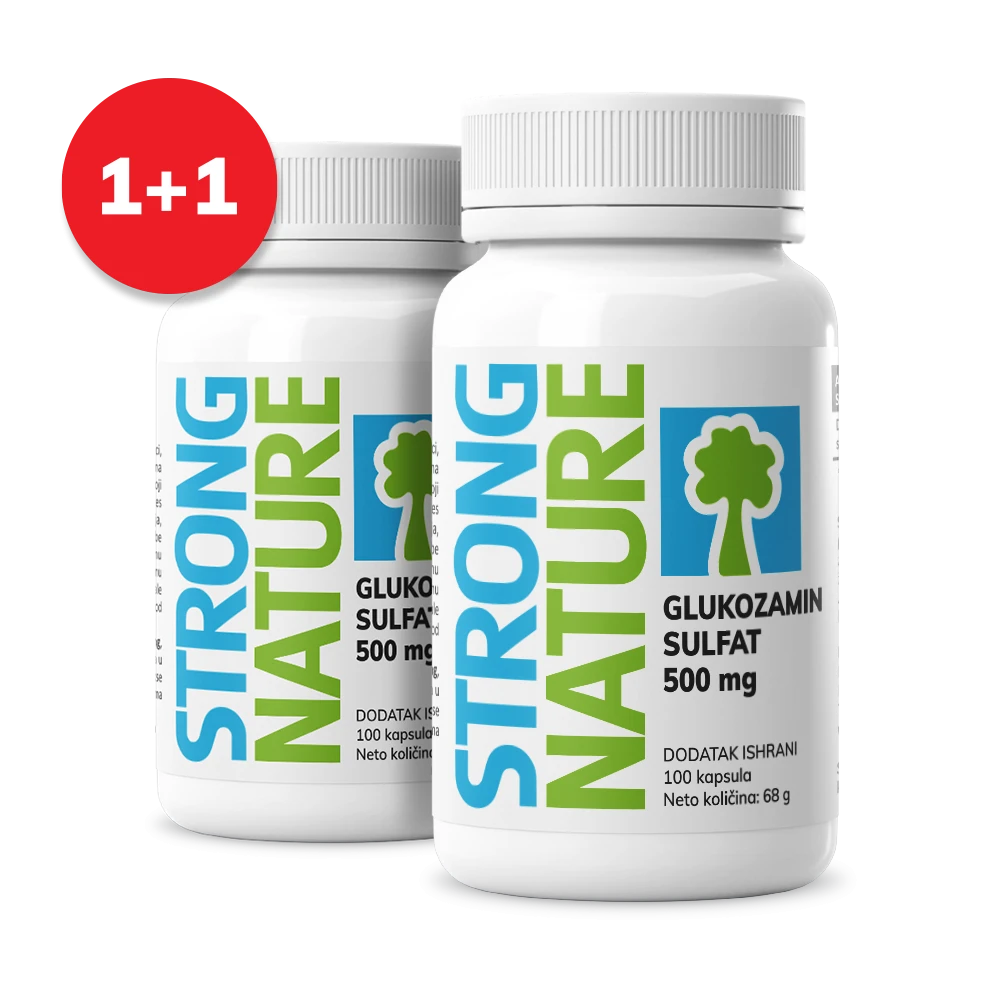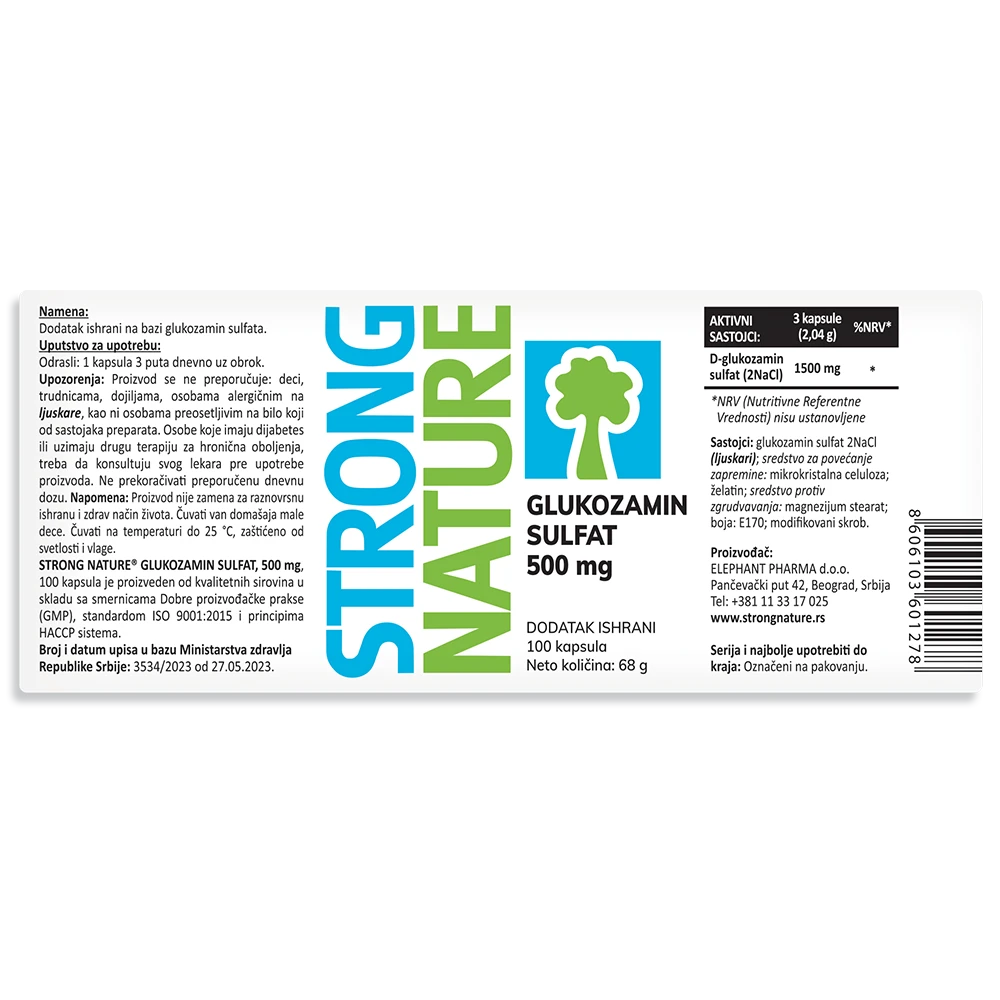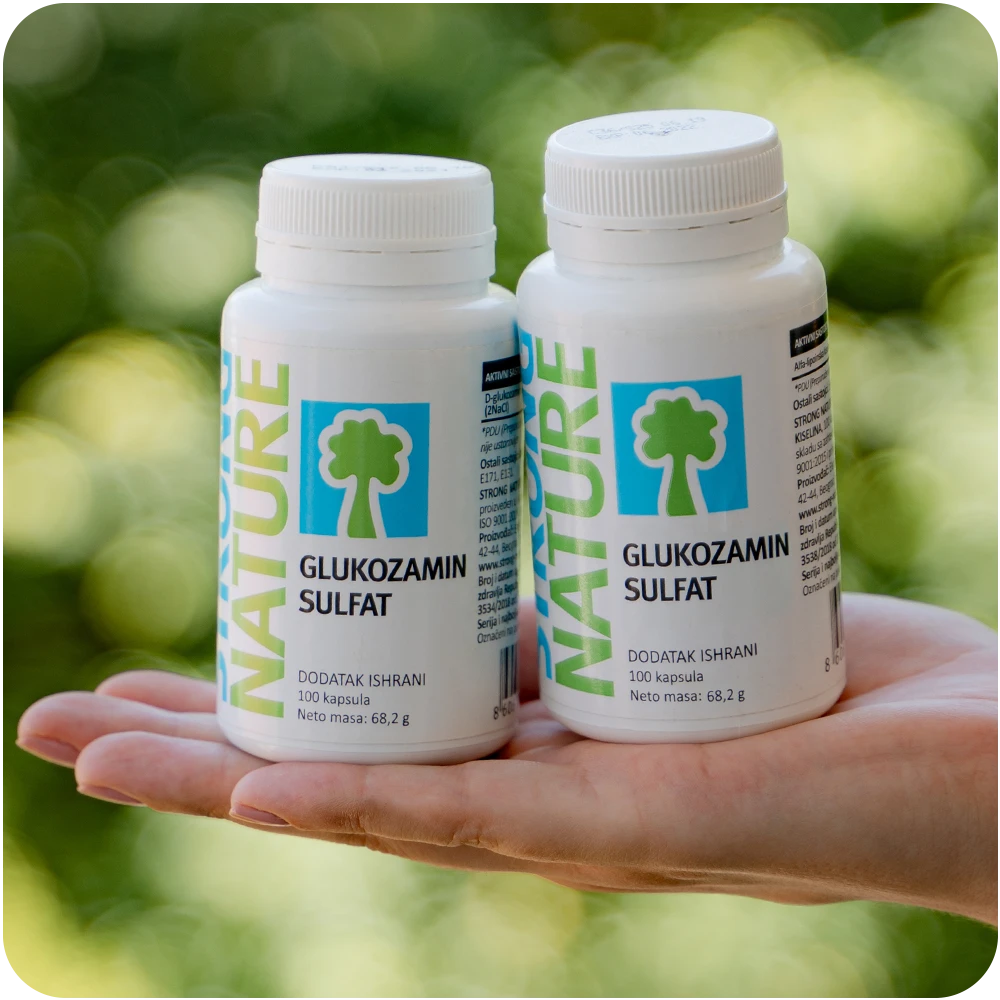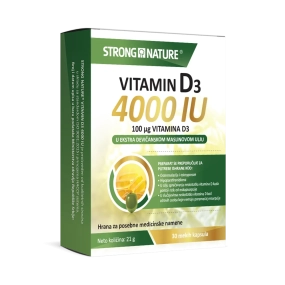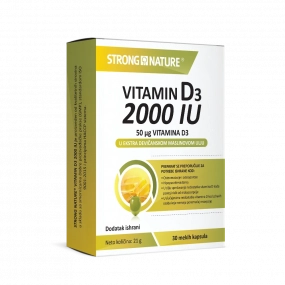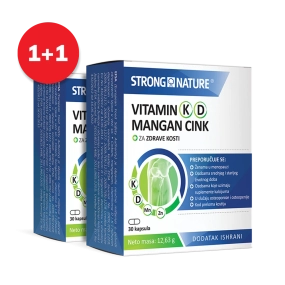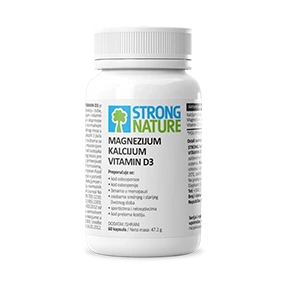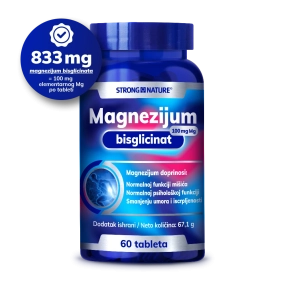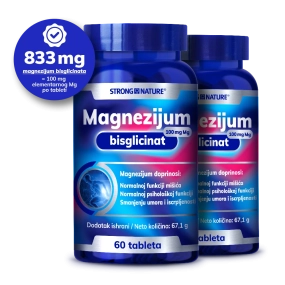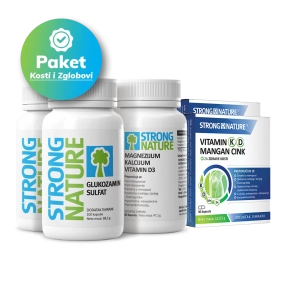Glucosamine is used in many countries around the world to strengthen the joint cartilage matrix, based on the growing body of evidence of its effectiveness in osteoarthritis. Numerous scientific studies demonstrate its efficacy in reducing joint mobility. Glucosamine is an amino-monosaccharide, more precisely an amino derivative of D-glucose. Aminosugars are widespread in nature, and glucosamine is one of the most abundant, primarily occurring in complex polysaccharides. It is found in the composition of most human tissues. It is a component of connective and nervous tissues, synovial fluid, mucus, and liver heparin. The human body synthesizes glucosamine, but it must also be obtained through food or in the form of dietary supplements.
A study investigating the importance of glucosamine use on knee mobility found that after using 1500 mg of glucosamine daily for 28 days, there was a significant improvement in knee flexion (bending) and extension (straightening). Osteoarthritis occurs as a result of cartilage damage in the joints. Cartilage is a tissue with a smooth and elastic surface that covers the bones in the joint. The two bones in the joint come into contact with each other through the cartilage. Thanks to its structure, cartilage cushions the contact between the two bones in the joint – its smoothness reduces friction, while its elasticity softens the impact between the bones that naturally occurs during movement and other motions. Cartilage is thin and, due to the pressure it endures, especially in the leg joints, its fibers are constantly torn and damaged. At the same time, the cartilage cells are constantly regenerating, creating as much new cartilage as is torn during joint use.
 English
English

